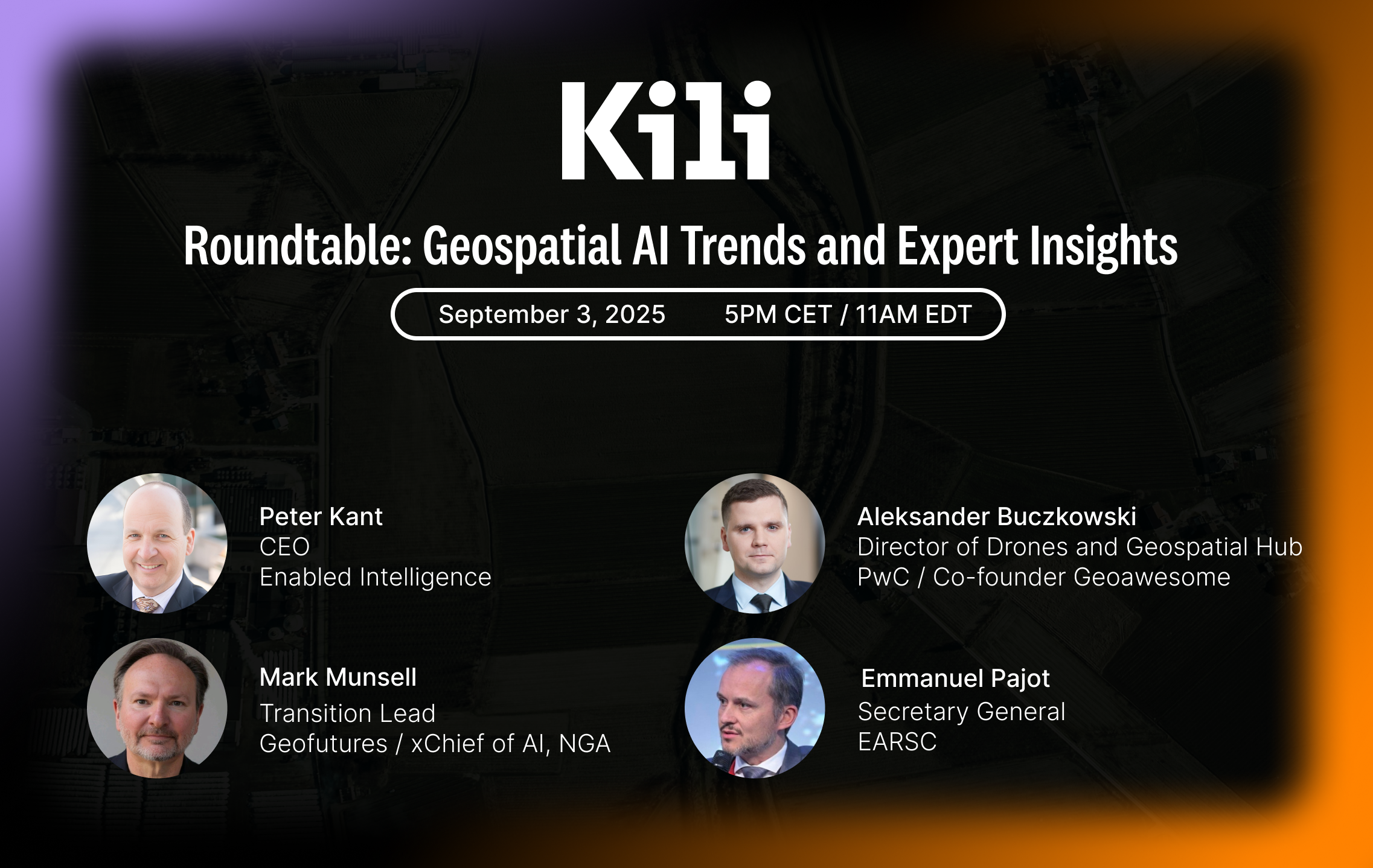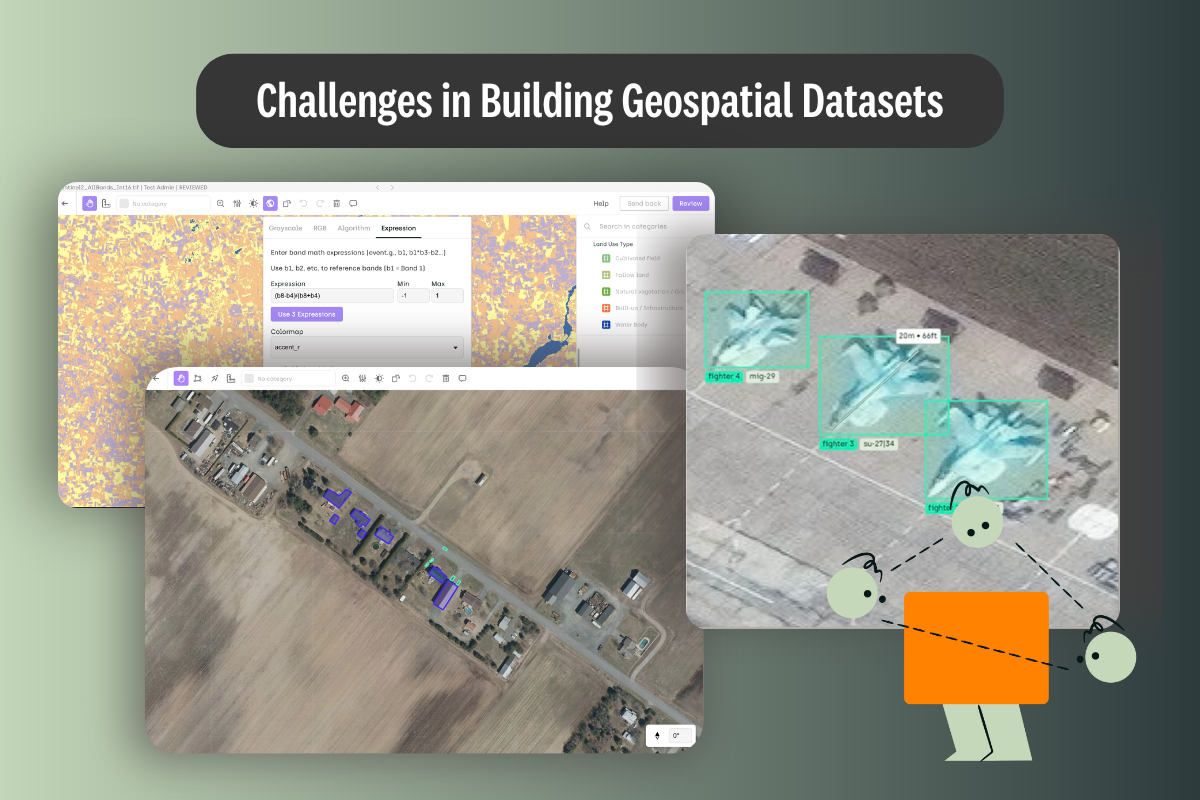Video Annotation Explained
Video annotation or video labeling is the process of adding annotations to videos. The primary purpose of video annotation is to make it easier for computers that utilize AI-powered algorithms to identify objects in videos. Properly annotated videos create a high-quality reference database that can be used by computer vision-enabled systems to accurately identify objects such as cars, people, and animals. With an ever-increasing number of everyday tasks becoming reliant on computer vision, the importance of video annotation cannot be overemphasized.
ap
Build high-quality video datasets fast
Ready to revolutionize your video annotation process? Try our top-tier video data labeling product now.
What are the Different Types of Video Annotation?
Several different video annotation methods exist. The right method needed for adding labels during a specific annotation project depends on the type of video being annotated and the annotated data used for. Some annotation methods include:
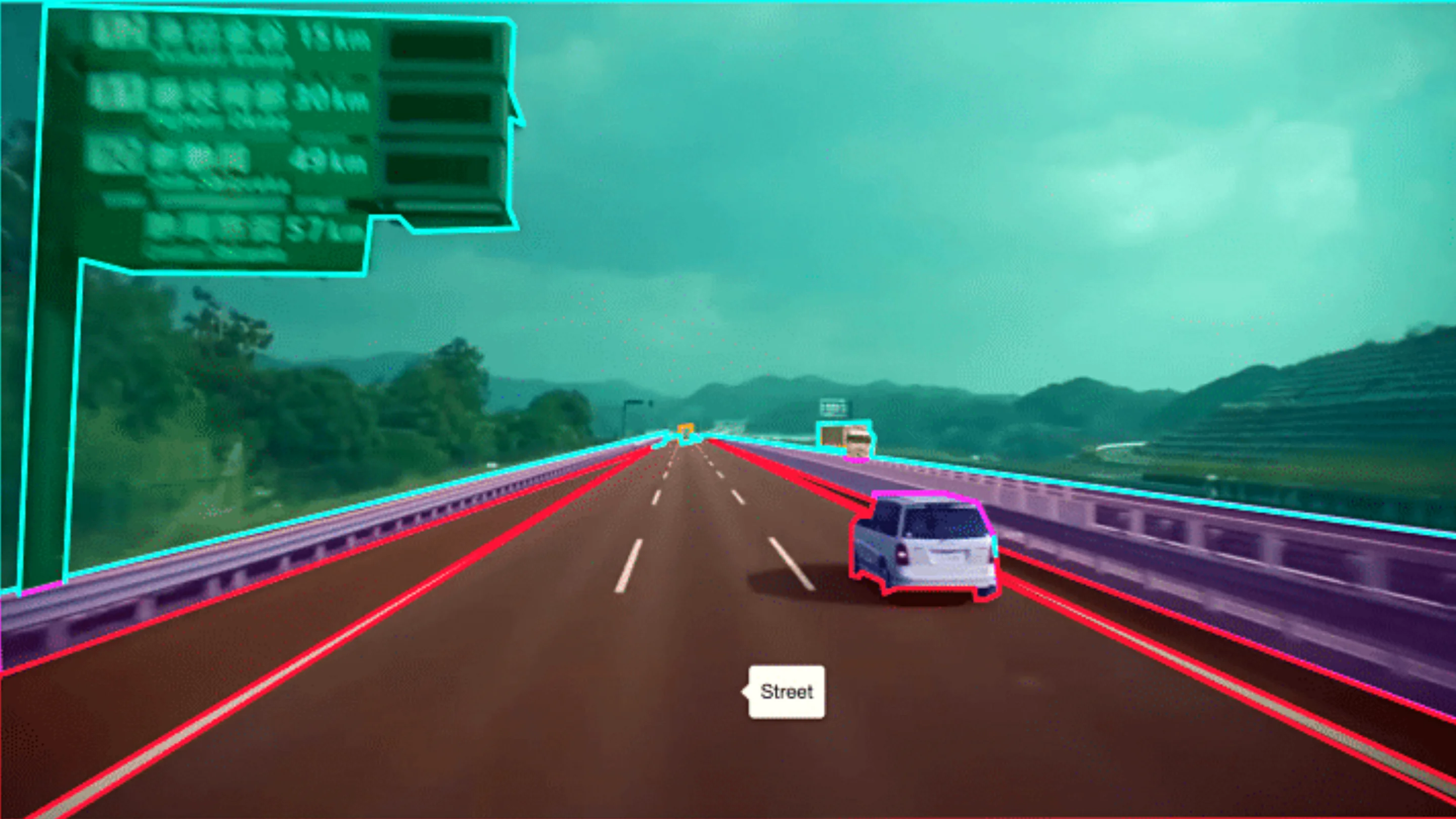
Bounding Boxes
Bounding boxes refer to a video annotation method in which annotators draw a box around a specific object or image in a video. Annotation is then added to the box so that computer vision tools can automatically identify similar objects when they appear in videos. This is one of the most frequently used methods of video annotation.
Polygon Annotation
Although polygon annotation is similar to bounding box annotation, polygon annotation can be used to identify more complex objects. Polygon annotation can be used to annotate any object, regardless of its shape. This video annotation is well suited to objects with abstract shapes, such as houses.
Semantic Segmentation
Semantic segmentation is a form of video labeling in which objects are separated into their component parts by a person, referred to as an annotator. Annotators can also work as a team when dealing with multiple videos, resulting in quicker processing times and high-quality output. These component parts are then annotated or labeled individually so that computer vision-enabled systems can recognize specific components that make up a unit easily.
Key Point Annotation
This type of annotation outlines the key points of a specific shape. Key point annotation is very versatile and can be used with a variety of shapes, including the human face. By highlighting the outline of a specific object, key point annotation makes it possible for computer vision systems to perform the classification of objects based on key landmarks.
Landmark Annotation
Landmark annotation is very similar to key point annotation in that it relies on points with a label, also known as a landmark, to identify objects in video frames. This type of annotation is very suitable for use with computer vision systems that are designed to detect objects like the human face. Landmark annotation also works well for use in the training of computer vision systems because this form of annotation can produce very accurate results.
3D Cuboid Annotation
Polyline annotation is mainly used for AI or computer vision training purposes. Through polyline annotation, specific areas can be cordoned off so that computer vision systems only operate within a set perimeter.
Rapid Annotation
Rapid annotation can quickly annotate large amounts of video based on specific project parameters. Rapid annotation is mainly suited to computer vision training projects, and the rapidly generated labels can be used to train systems effectively and quickly. Rapid annotation can analyze and label many individual images very quickly.
In which Industries or Sectors is Video Annotation Mostly Used?
Almost all modern businesses or industries can make use of video annotation in one way or another. As more and more of the systems we rely on become powered by AI, the list of applications for video annotation will continue to expand. While the specific annotation technique used will vary from sector to sector, in general, all industries can benefit from annotation. Some of the sectors which are already making use of video annotation are:
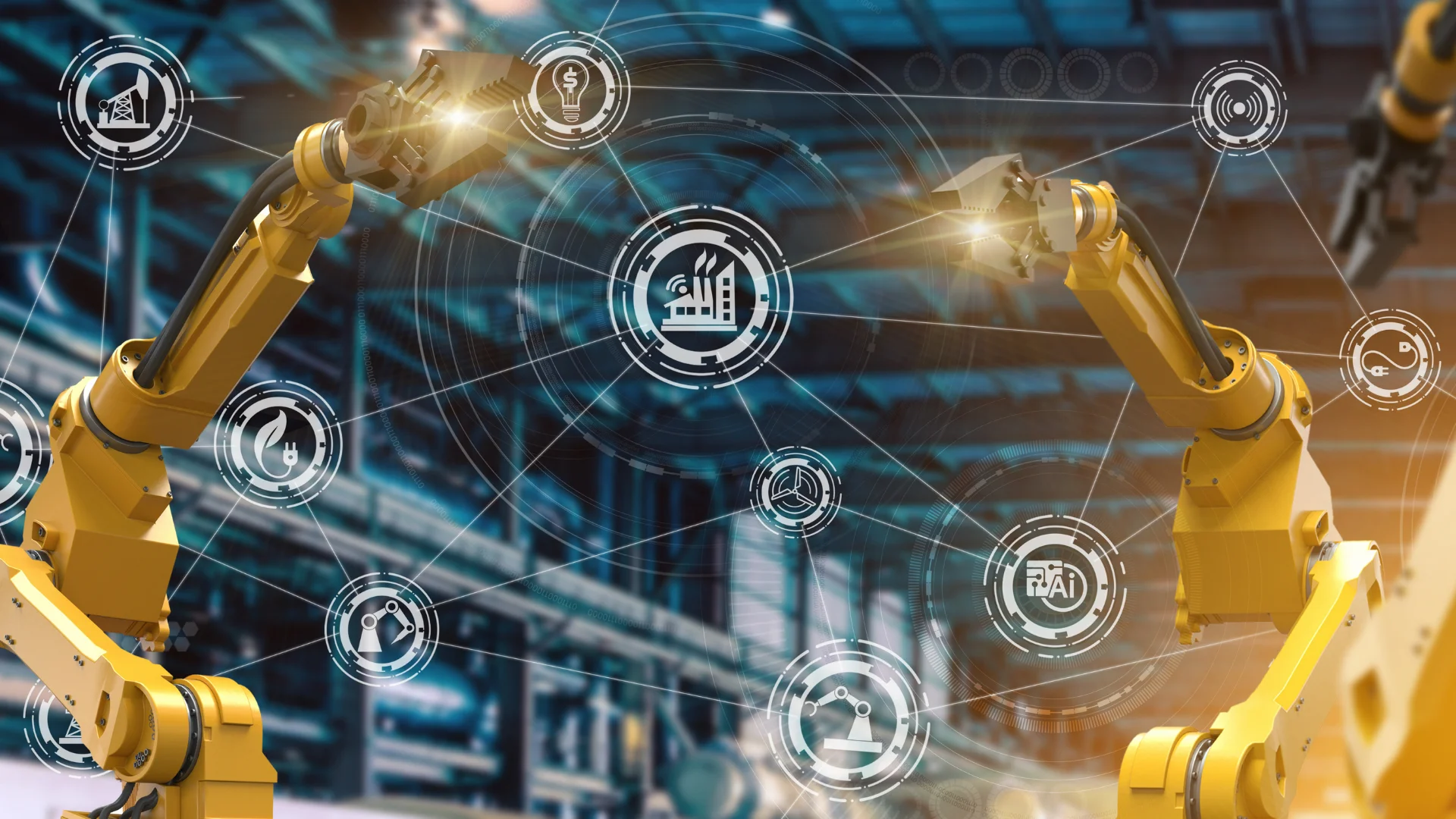
Medical
An excellent example of video annotation in the medical sector is the ability of computer vision to help medical practitioners and scientists identify objects seen under a microscope. Computer vision can accurately identify specific cell types and other biological elements, which can help both patients and doctors.
Security Surveillance
Video annotation is vital in the security sector. By using video annotation, CCTV cameras can quickly identify any suspicious behavior and alert the appropriate personnel. This could be used to help secure public areas or prevent crime. Additionally, video annotation can help detect potential threats, such as a suspicious object that has been left unattended. This technology can help save valuable time and resources that would otherwise be used to manually monitor footage.
Transportation
Autonomous vehicle technology is one area in which computer vision and video annotation are used extensively. Computer vision allows vehicles to monitor their surroundings and make decisions based on this information. Without video annotation, the creation and operation of autonomous vehicles would not be possible.
Learn more!
Discover how training data can make or break your AI projects, and how to implement the Data Centric AI philosophy in your ML projects.
Architecture and Geospatial Applications
Video annotation is vital in aerial and geospatial applications. It can train computer vision algorithms to identify specific objects, such as entire buildings and/or the different levels or wings that make up a building. This computer vision form has many uses, but it is especially prominent in the security industry.
Traffic Management
Computer vision is constructive in the management of traffic, and video annotation can be used to train AI algorithms to identify features such as vehicle number plates. In this way, computer vision can analyze a video stream frame by frame to identify specific vehicles in traffic so that processes like toll collection, fining, and congestion management can be automated.
Manufacturing
Video annotation can be used in various production processes. For instance, it can help inspect finished products or even during assembly. Manufacturers can use computer vision algorithms to identify defects in a product and take corrective action if needed. It can also speed up production lines by tracking objects as they move down the line and alerting workers when something is going wrong. This helps to ensure that things run smoothly while
Retail
Video annotation is used in the retail sector to analyze clients' behavior in a store. Computer vision can identify patterns and traits and give retailers insight into their customers. This, in turn, shows retailers where and how they can optimize their bottom line.
Challenges of Video Annotation
Annotating videos is a complicated task as it adds a layer of complexity to image annotation because of their temporal structure. Following are some of the main challenges faced while annotating videos:
Time inefficient
As videos comprise multiple frames, each of these individual frames need to be annotated by considering the continuity of actions or objects across frames. Doing this manually is extremely time-consuming and inefficient.
Subjective annotation
It is important to consider that different annotators might have different interpretations of the same video and they may label the frames differently which can lead to inconsistencies.
Large volume of data
Usually, videos contain hundreds or thousands of frames which makes them data-heavy and hence it will require a large number of resources along with a good human workforce.
Imbalance of labels
In videos, certain actions or objects may occur rarely but are relevant to the use case then this will create a problem of label imbalance which can impact model training.
Vitality of annotator expertise
Labeling videos correctly has a huge impact in the success of any machine learning task. Having wrong or inaccurate labels can cause failure of the complete system. Hence, it is very crucial to have expert human annotators who can supervise the complete labeling process.
Data privacy
It is important to maintain the privacy of the video data as it may contain some sensitive information which should not be revealed. Techniques such as blurring or anonymization may be required to protect privacy of individuals.
Right set of measures
To make labeling smooth, one should choose the right set of annotation tools which can ease the process for annotators. Furthermore, some quality control measures should be implemented for a safe project but it can be time-consuming.
Although one may face a lot of challenges while annotating videos, an appropriate combination of proper planning, collaboration among annotators, proper set of tools, and using quality control mechanisms can help to generate accurate video annotations.
The simplest way to build high-quality datasets
Our professional workforce is ready to start your data labeling project in 48 hours. We guarantee high-quality datasets delivered fast.

The Video Annotation Process for Computer Vision
As we know that video annotation is a tedious task, having a streamlined pipeline can help solve the task efficiently. The given video annotation process can be followed for a basic structure.
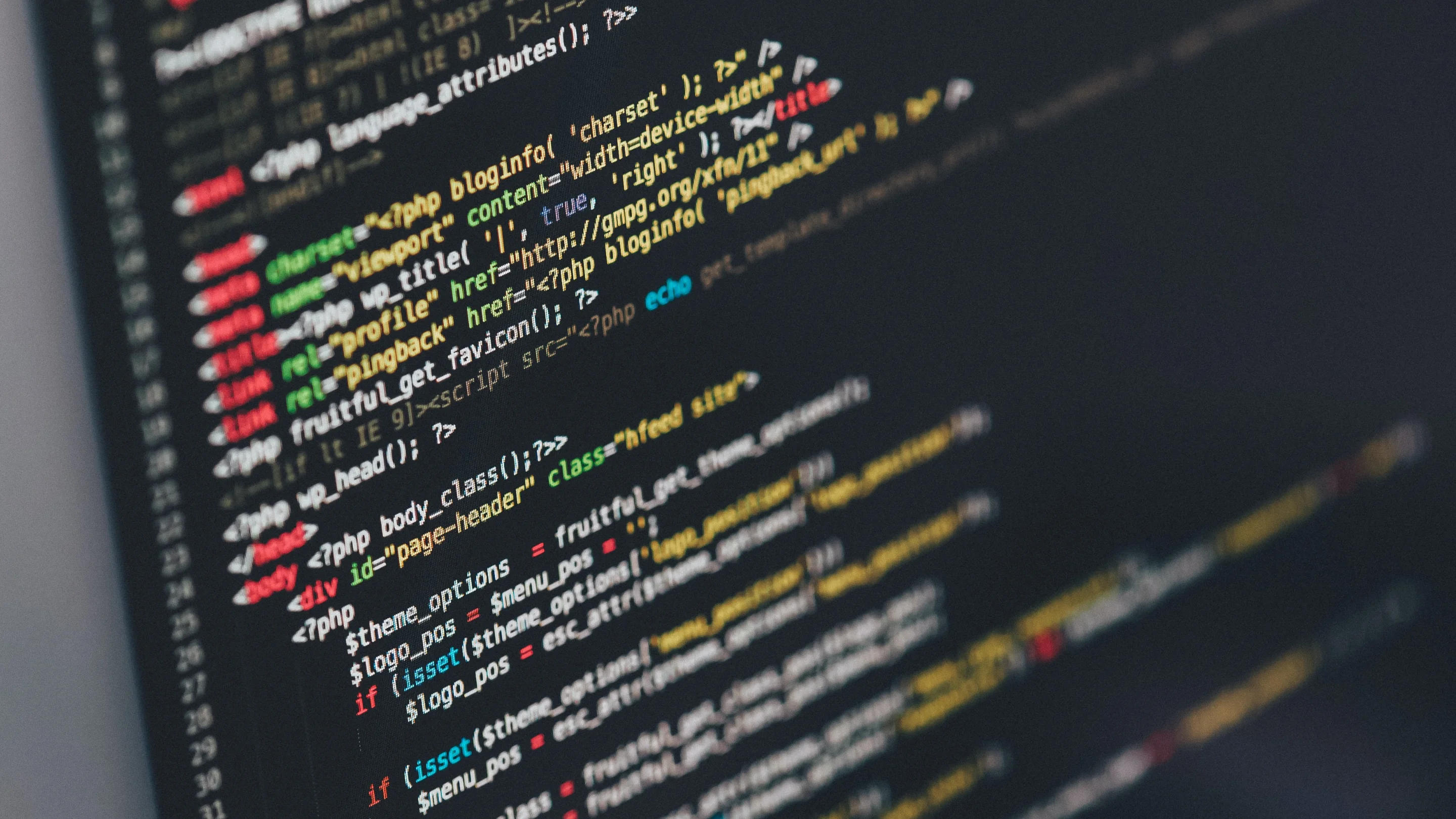
1. Define Objectives:
The first step before starting annotations for any project is to define the objectives or goals of the project. For example, the annotations for performing dog vs. cat classification would differ from those for brown dog vs. white dog classification. Collecting and preparing appropriate amounts of data suited for the task, which covers a wide range of actions, situations, objects, and scenarios, would be the stepping stone for a well-curated project.
2. Decide on annotation strategies:
Choosing the right set of annotation services, guidelines, and tools is essential to maintain consistency of annotations across videos and generate them in less time.
- Video annotation service:
In order to avail the annotation service, a set of expert annotators should be hired who are well aware and experienced with the objectives of the project and who work on the same annotation guidelines. Their expertise can be further combined with AI-assisted automated labeling to save more time.
- Video annotation tools:
There are several video annotation tools that ease the effort required and provide a set of features that can enhance the process. A good video annotation tool is one that contains the capabilities of advanced video handling, an easy-to-use interface, event-based and dynamic classification, automated object tracking, interpolation, and an interface for project and team management.
3. Reiterations of annotations:
Iteratively refining and reviewing the annotations is required to continuously update the quality of annotations and correct them in case any instances are labeled wrongly. Based on the model performance, one can also edit the annotation guidelines or policies.
Popular Machine Learning Models for Video Annotation
Convolutional Neural Networks (CNNs):
CNNs are the foundational computer vision models that use convolutional filters to extract spatial features from images or videos. For video annotation, CNNs can identify and predict bounding boxes around objects within frames of a video. To extend these directly for video data, 3D CNNs can be used, which analyze multiple structures together and capture temporal information. These architectures are suitable for a wide range of video annotation tasks due to their ability to learn hierarchical features from raw pixel data.
You Only Look Once (YOLO):
YOLO is a popular object detection model that can be used to identify and track objects within videos hence serving as an excellent architecture for video annotation. There are several ways in which YOLO can be helpful. It can annotate individual frames by localizing and labeling objects with bounding boxes and assigning class labels. YOLO can also be combined with various tracking algorithms such as DeepSORT to track things across multiple frames, which helps to incorporate temporal context. Additionally, the YOLO model is lightweight and is very efficient for real-time object detection.
EfficientDet:
EfficientDet is a similar object detection model to YOLO but has a few more advanced features which can be helpful for scaling the video annotation tasks. It is suitable for large-scale video annotation problems as it maintains a good trade-off between computational overhead and accuracy to provide competitive results. Furthermore, EfficientDet uses a multi-scale approach, which allows it to detect objects at various scales. This feature is crucial for video annotations as the same object can appear at different scales in different frames due to changes in motion or angle of the camera.
Recurrent Neural Networks (RNNs):
RNNs are designed to model sequential patterns in videos and extract their features. Models such as Gated Recurrent Unit (GRU) and Long Short-Term Memory (LSTM) are adequate to capture the temporal structure of videos in tasks such as action recognition by analyzing the motion frame-by-frame. However, these networks only work well to capture short-term dependencies and may struggle for long-term ones.
Two-Stream Networks:
These networks contain two separate streams of convolutional neural networks, one for capturing spatial information from individual frames and the other for temporal information by processing optical flow images representing motion. These are mainly used for tasks such as action recognition and they enhance accuracy by taking into consideration both appearance and motion cues.
Transformer-based Models:
Transformer-based models were initially developed for natural language processing. However, models like Vision Transformer (ViT) are suitable to handle the temporal structure of videos. One of the major advantages of these models for video annotation is that they capture global relationships across elements in a sequence which provides in-depth information. Additionally, self-attention helps focus on the most critical parts of the video and generate intricate annotations by considering contextual information across different time steps.
Each of the models described above have their own pros and cons but the selection of a model will depend on factors such as the dataset characteristics, annotation task or on number of computational resources available.
Best Practices in Video Annotation
Accurate video annotations build the foundation of a robust computer vision project. Therefore, in order to generate good annotations, here is the recommendation of some of the best practices for annotating videos.
Quality of the dataset
Usually, the pixel-quality of the raw dataset is highly dependent on the source and it is not something that can be modified by the annotators. However, the annotators can make sure on their part that the annotation tool they use doesn’t compress the quality of the videos. On the contrary, if videos need to be recorded from scratch then one must ensure that the lighting conditions are ideal and the video doesn’t have much unwanted noise.
Organize the dataset
For creating a smooth annotation workflow, it is essential to have the datasets organized. The video files, folders, and classes should be named appropriately so that they are easy to understand. A unique ID must be assigned to each class. Additionally, using dataset management tools can further ease the task of organizing by adding the ability to put descriptions and tags and providing more insights into the data structure.
Use interpolation and keyframes
The annotator must watch the whole video at least once before starting to annotate to devise an effective strategy for annotation. For example, there might be certain objects which keep changing throughout all the frames, however, the motion of a few objects could easily be predicted by just a few keyframes to create the relevant interpolation, which can save the time of labeling the whole video.
Use automatic video labeling
Starting with automatic labeling is always considered a better option than starting everything from scratch. Once all the annotations are created, it takes less time to manually correct them in case of any discrepancies rather than making the masks point by point. This capability is highly crucial for tasks such as semantic segmentation, where it is tedious to make a pixel-level mask, as compared to classification tasks where one has to create just a bounding box.
Import shorter videos
To avoid spending extra time loading videos on the web server, the annotator should split the large video files into smaller ones so that they are lightweight to load. As a preprocessing step, one can make several short videos that are not more than a minute in duration. Saving time while annotating at each step further streamlines the flow.
Quality control measures
A robust quality control mechanism must be implemented in order to produce discrepancy-free annotations. At the data level, one must capture good quality videos, preprocess them efficiently to remove any noise, and use tools which do not degrade the quality. At the annotator level, complex videos may be labelled by multiple annotators and then the best overlap may be considered for the final annotation. Additionally, all annotations must undergo accuracy-check and receive feedback for improvement if any.
Handle ambiguities
If multiple annotators are working on the same video or task then they must ensure that they label objects with a same level of granularity. For the scenes which seem ambiguous or difficult to annotate due to occlusion should be clearly labeled as “uncertain” or “ambiguous” so that they can be reviewed again or kept separate from other annotations.
Iterative feedback loop
Establishing a link between the annotators, the company, and the domain experts is essential to ensure correctness of the pipeline. Also, it helps all parties to stay updated and be on the same page in case of any change in the annotation guidelines over time. Therefore, having a healthy feedback loop can help resolve questions and address challenges in an efficient manner.
Data privacy
The complete data annotation pipeline should be cognizant of the data privacy concern and ethics. Appropriate hierarchy levels must be set within the data management platform to determine which party can access which part of the data. Annotators while annotating sensitive data must also follow strict privacy guidelines.
Conclusion
Video annotation is an important tool that has many advantages for industry and society. While video annotation has already been adopted in many industries, the list of applications for this technology is growing continuously, and more uses for computer vision are discovered on a regular basis. Because video annotation is such an important part of modern technology-driven systems, it is important that enough attention is paid to the further development of computer vision through video annotation.
The Best Guide to High Quality Training Data
Master the craft of preparing training data to turbocharge your machine-learning efforts with our all-inclusive e-book.
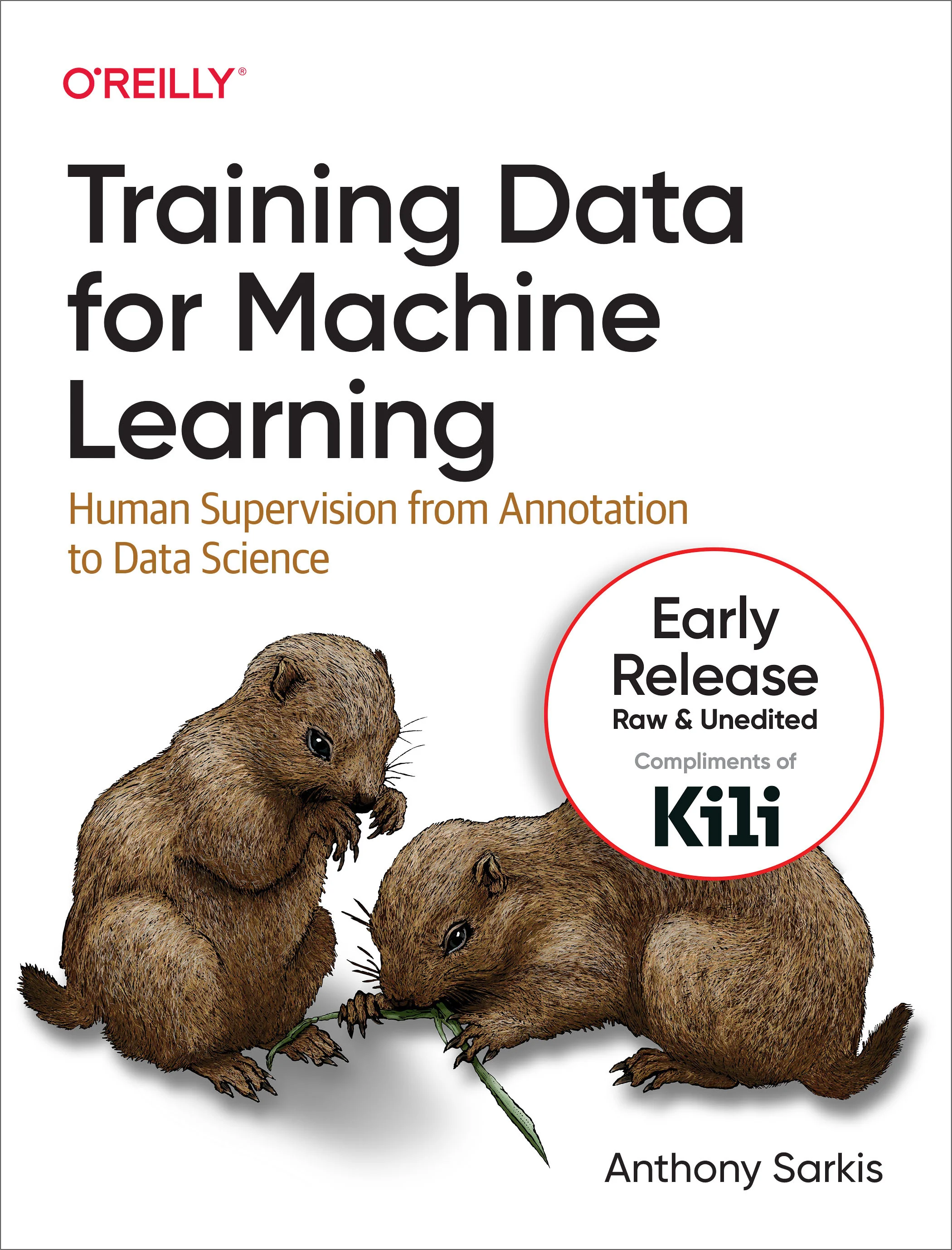

.png)
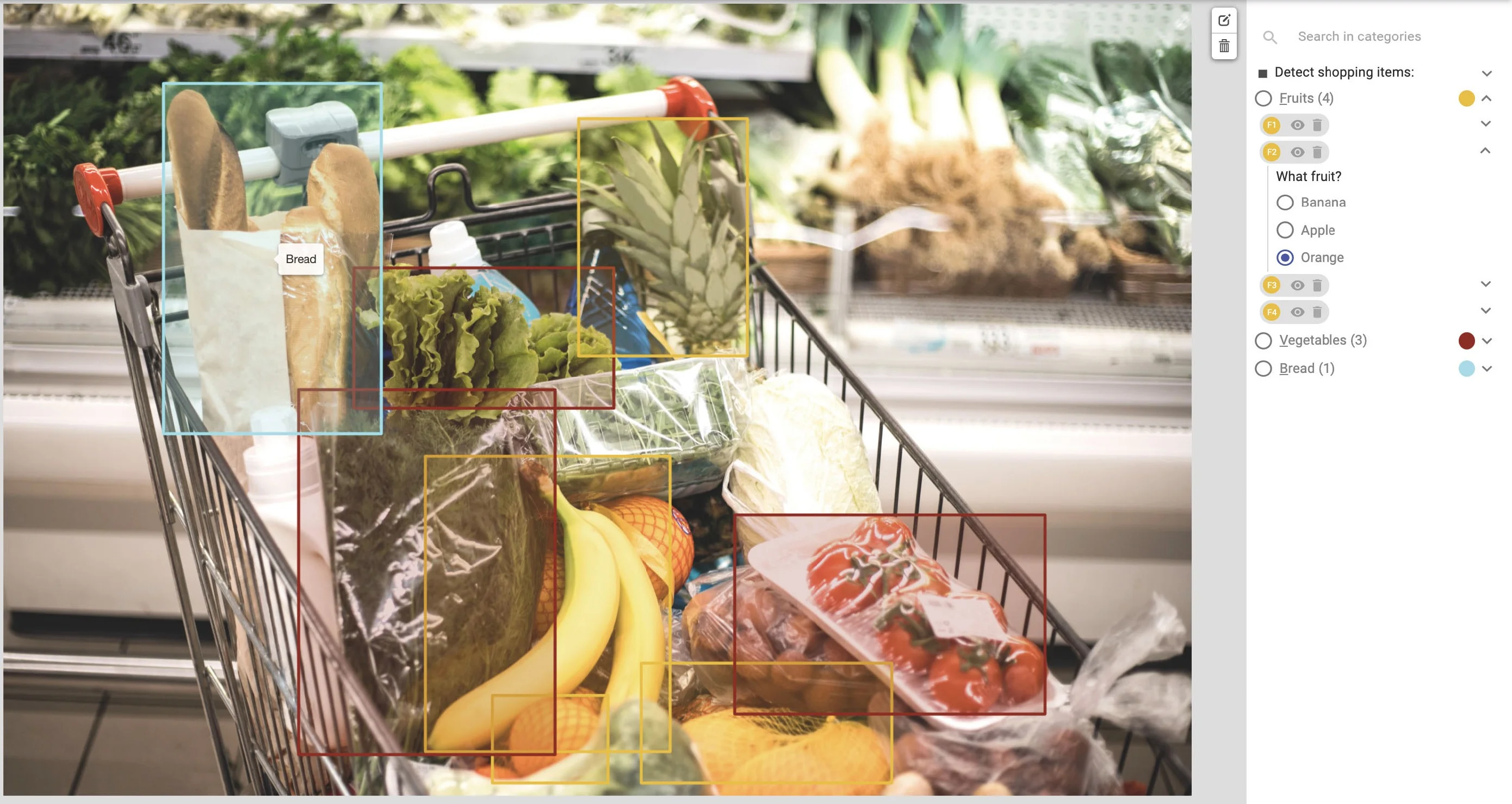
_logo%201.svg)


